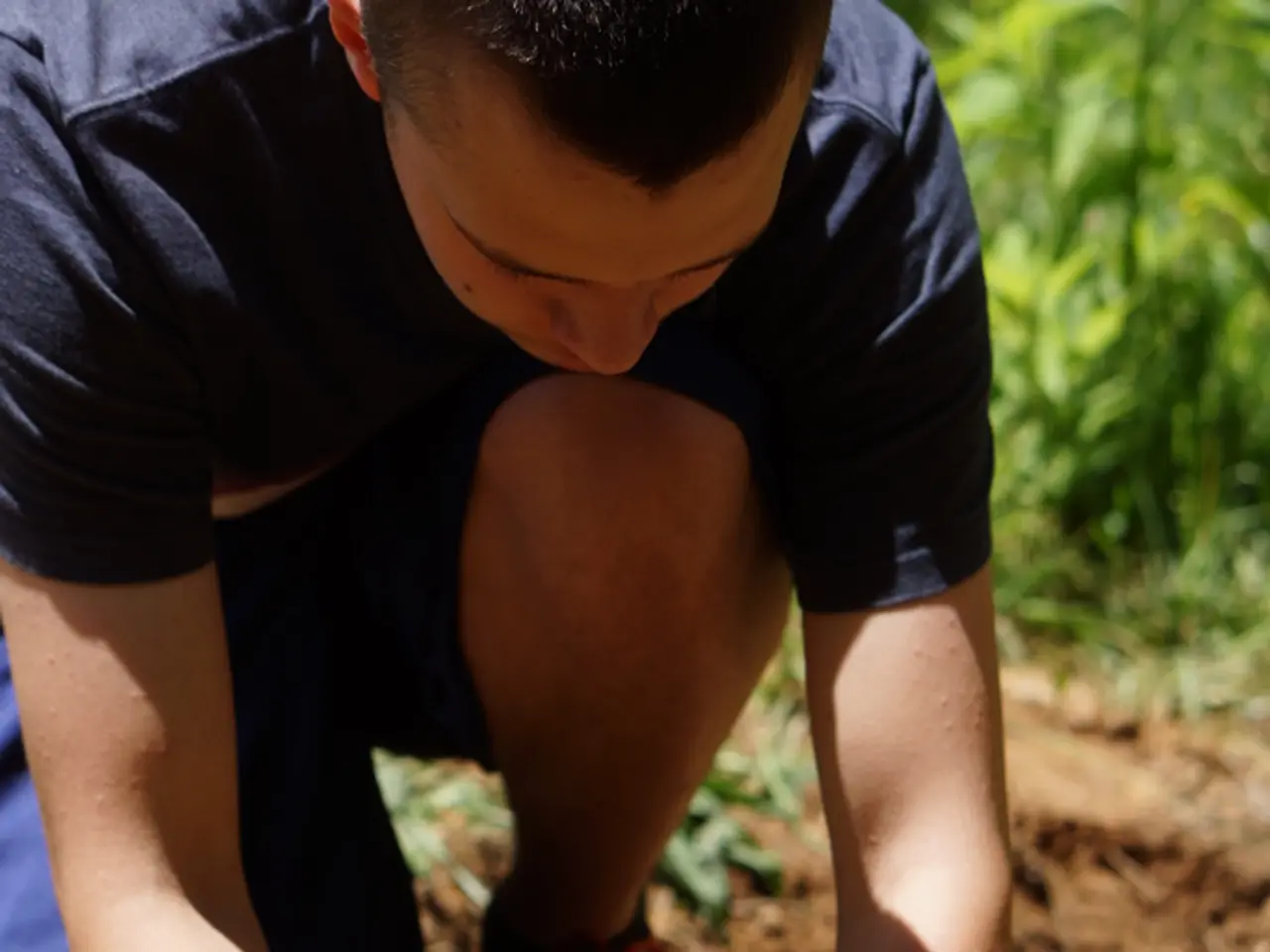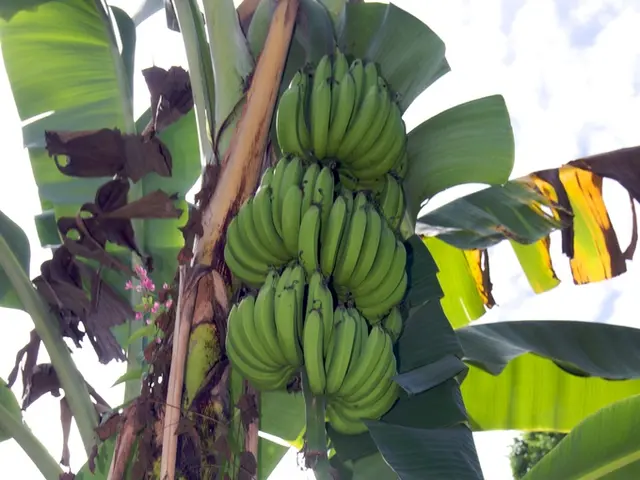Discovering the Essentials of Back to Eden Gardening: A Comprehensive Guide
The Back to Eden gardening method, developed by gardener and arborist Paul Gautschi, is a revolutionary approach to organic gardening. This method, focusing on sustainable and organic practices, has gained popularity for its ability to sequester carbon better than standard gardening methods.
At the heart of the Back to Eden method is wood chip gardening. Freshly chipped wood from nearly any type of tree, with a variety of chip sizes and shapes, forms the basis of this technique. Leaves are also added to the mix to provide nitrogen to the soil. The area is then covered with a six-inch (15 cm) layer of wood chips, which is crucial for the method's success and helps control weeds.
Before planting, an optional first step is to cover the area with a layer of newspaper. This helps to further suppress weeds and prepare the soil for the next steps. Cover cropping is another practice used in the Back to Eden method to reduce soil erosion and increase organic matter in the soil.
Compost is another essential element in the Back to Eden method. A thick layer of compost (3-4 inches or 7.5 to 10 cm) is needed to enrich the soil and feed plants. If not prepared in advance, this may require purchase.
One of the most appealing aspects of the Back to Eden method is its simplicity. No tilling, weeding, herbicides, pesticides, fertilizers, or genetically-modified plants or seeds are required. In fact, no watering is necessary in the Back to Eden method, except when planting seeds and moving the mulch. This makes it an ideal choice for those seeking a low-maintenance gardening solution.
Tree trimming services can be a great source for free or low-cost wood chips, making the method not only environmentally friendly but also cost-effective. The Back to Eden method, when done correctly, provides healthier vegetables and greater yields, making it a appealing choice for both hobbyists and commercial growers alike.
The Back to Eden method is focused on sustainable, organic gardening and soil regeneration. By embracing this method, gardeners can contribute to a healthier planet while enjoying the benefits of a thriving garden.






